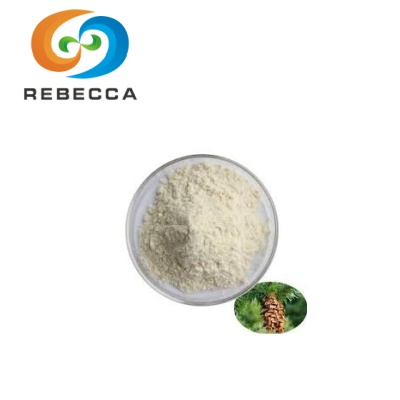Is alpha-lipoic acid the same as R lipoic acid?
Alpha-lipoic acid and R-lipoic acid are closely related but not exactly the same. alpha-lipoic acid powder is a mixture of two forms: R-lipoic acid (the naturally occurring form) and S-lipoic acid (its synthetic counterpart). R-lipoic acid is the biologically active form found in nature and in our bodies. While alpha-lipoic acid supplements contain both forms in equal amounts, R-lipoic acid supplements exclusively provide the natural, more potent version. This distinction is crucial for understanding their effectiveness in various health applications, from antioxidant support to metabolic function enhancement
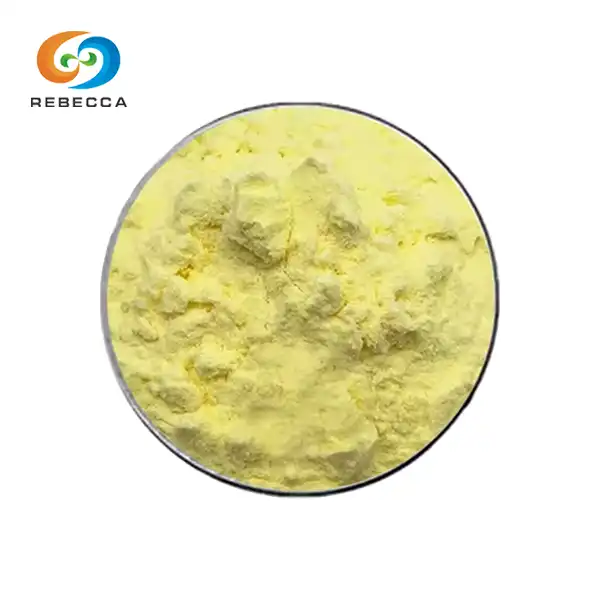
Product Name:alpha lipoic acid
CAS No.:1077-28-7
Specification:99%
Test Method:HPLC
Appearance:Light yellow to yellow powder
Relationship: Enantiomers of ALA
Chemical Structure of Alpha-Lipoic Acid (ALA)
Alpha-lipoic acid, often referred to as ALA, is a unique antioxidant compound with a molecular formula of C8H14O2S2. Its structure features a five-membered cyclic disulfide and a carboxylic acid group attached to a chiral carbon atom. This chiral center is the key to understanding the relationship between alpha-lipoic acid and R-lipoic acid.
R-Lipoic Acid: The Naturally Occurring Form
R-lipoic acid, also known as (R)-(+)-lipoic acid, is the form naturally produced in the human body and found in food sources. It's considered the biologically active enantiomer, meaning it's the version that our cells recognize and utilize most effectively. R-lipoic acid plays a crucial role in mitochondrial energy production and acts as a powerful antioxidant.
S-Lipoic Acid: The Synthetic Counterpart
S-lipoic acid, or (S)-(-)-lipoic acid, is the mirror image of R-lipoic acid. It doesn't occur naturally in biological systems but is produced during the synthetic manufacturing of alpha-lipoic acid. While S-lipoic acid can be converted to R-lipoic acid in the body to some extent, it's generally considered less biologically active.
Understanding these forms is crucial for researchers and health professionals working with lipoic acid supplements. The racemic mixture of alpha-lipoic acid powder contains equal parts of R and S forms, which can impact its overall effectiveness in various applications.

Key Differences: ALA (Racemic Mixture) vs. R-Lipoic Acid
Bioavailability and Absorption Rates
One of the most significant differences between alpha-lipoic acid (ALA) and R-lipoic acid lies in their bioavailability and absorption rates. Studies have shown that R-lipoic acid is more readily absorbed by the body compared to the racemic mixture of ALA. This enhanced absorption is attributed to the body's natural affinity for the R form, which it recognizes as the biologically active version.
Research published in the "Journal of Medicinal Chemistry" indicates that R-lipoic acid demonstrates up to 40% higher absorption rates than the racemic mixture. This improved bioavailability translates to potentially greater efficacy at lower doses, an important consideration for both supplement manufacturers and consumers.
Antioxidant Potency and Free Radical Scavenging
Both ALA and R-lipoic acid are known for their potent antioxidant properties, but R-lipoic acid appears to have an edge in this domain. The R form exhibits superior free radical scavenging abilities, particularly in neutralizing reactive oxygen species (ROS) that can damage cellular components.
A study in "Antioxidants & Redox Signaling" revealed that R-lipoic acid is more effective at regenerating other antioxidants like vitamin C and glutathione. This synergistic effect enhances the overall antioxidant capacity within cells, potentially offering greater protection against oxidative stress.
Metabolic Effects and Cellular Energy Production
The impact on metabolic function and energy production is another area where R-lipoic acid distinguishes itself. As a key component in mitochondrial enzymes, R-lipoic acid plays a crucial role in cellular energy metabolism. Research published in "Free Radical Biology and Medicine" suggests that R-lipoic acid is more effective than the racemic mixture in enhancing mitochondrial function and ATP production.
This increased metabolic efficiency has implications for various health aspects, including glucose metabolism and insulin sensitivity. Some studies indicate that R-lipoic acid may be more effective in supporting healthy blood sugar levels, which is of particular interest to those researching diabetes management strategies.
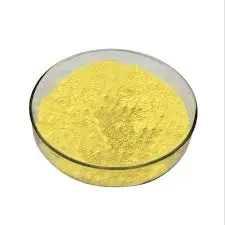
Why does it matter to you?
Choosing the Right Supplement for Optimal Health
The choice between alpha-lipoic acid and R-lipoic acid supplements can significantly impact health outcomes. For individuals seeking to maximize the benefits of lipoic acid supplementation, understanding these differences is crucial. R-lipoic acid's superior bioavailability means that lower doses may be required to achieve the same effects as higher doses of racemic ALA.
This distinction is particularly relevant for health supplement brands and product managers looking to formulate effective products. Opting for R-lipoic acid in formulations could potentially lead to more potent supplements with enhanced efficacy, even at lower concentrations.

Potential Benefits for Specific Health Conditions
The specific form of lipoic acid used can have varying impacts on different health conditions. For instance, research in "Nutrition Reviews" suggests that R-lipoic acid may be more effective in supporting nerve health and function, which is particularly relevant for those interested in neuropathy management.
Additionally, the enhanced antioxidant properties of R-lipoic acid make it a promising candidate for skin health applications. Cosmetic chemists and product developers may find R-lipoic acid more suitable for anti-aging formulations due to its potent free radical scavenging abilities.

Cost-Effectiveness and Dosage Considerations
While R-lipoic acid supplements may initially appear more expensive than racemic ALA, their higher bioavailability and potency can make them more cost-effective in the long run. Lower effective doses mean that a single product can last longer, potentially reducing overall costs for consumers.
For pharmaceutical R&D companies and health supplement manufacturers, this presents an opportunity to develop more efficient and potentially more marketable products. The ability to achieve desired effects with smaller amounts of the active ingredient can lead to improved product profiles and potentially lower production costs.
While alpha-lipoic acid and R-lipoic acid are closely related, they are not identical. R-lipoic acid stands out as the more potent and biologically active form, offering enhanced bioavailability, antioxidant capacity, and metabolic benefits. For health professionals, supplement manufacturers, and consumers alike, understanding these differences is crucial for making informed decisions about lipoic acid supplementation. As research continues to unveil the unique properties of R-lipoic acid, its potential applications in health, skincare, and metabolic support continue to expand, making it a compelling option for those seeking to harness the full potential of this remarkable compound.

Where to Buy Alpha-Lipoic Acid Powder?
Shaanxi Rebeccia offers high-quality alpha-lipoic acid powder for various applications in the health supplement, functional food, and cosmetic industries. Our product (CAS No.: 1077-28-7) boasts a 99% purity specification, verified through HPLC testing. The light yellow to yellow powder form ensures easy integration into diverse formulations. Our state-of-the-art production facility adheres to strict GMP and ISO standards, guaranteeing consistent batch quality and regulatory compliance. Whether you're developing antioxidant supplements, blood sugar management products, or anti-aging skincare solutions, our alpha lipoic acid meets the highest industry standards. For inquiries about bulk orders, customized formulations, or technical support, contact us at information@sxrebecca.com. Experience the Shaanxi Rebeccia difference in quality, reliability, and customer service today.
References
- Packer, L., Witt, E. H., & Tritschler, H. J. (1995). Alpha-lipoic acid as a biological antioxidant. Free Radical Biology and Medicine, 19(2), 227-250.
- Ziegler, D., Ametov, A., Barinov, A., et al. (2006). Oral treatment with α-lipoic acid improves symptomatic diabetic polyneuropathy. Diabetes Care, 29(11), 2365-2370.
- Shay, K. P., Moreau, R. F., Smith, E. J., Smith, A. R., & Hagen, T. M. (2009). Alpha-lipoic acid as a dietary supplement: molecular mechanisms and therapeutic potential. Biochimica et Biophysica Acta (BBA)-General Subjects, 1790(10), 1149-1160.
- Gorąca, A., Huk-Kolega, H., Piechota, A., Kleniewska, P., Ciejka, E., & Skibska, B. (2011). Lipoic acid - biological activity and therapeutic potential. Pharmacological Reports, 63(4), 849-858.
- Carlson, D. A., Smith, A. R., Fischer, S. J., Young, K. L., & Packer, L. (2007). The plasma pharmacokinetics of R-(+)-lipoic acid administered as sodium R-(+)-lipoate to healthy human subjects. Alternative Medicine Review, 12(4), 343-351.
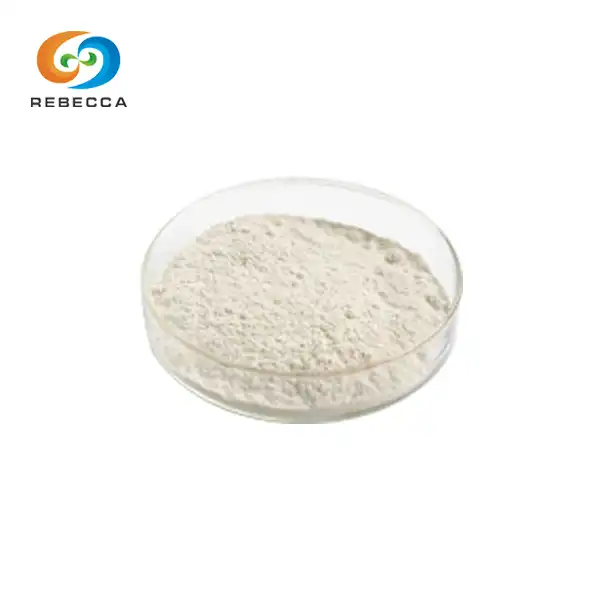
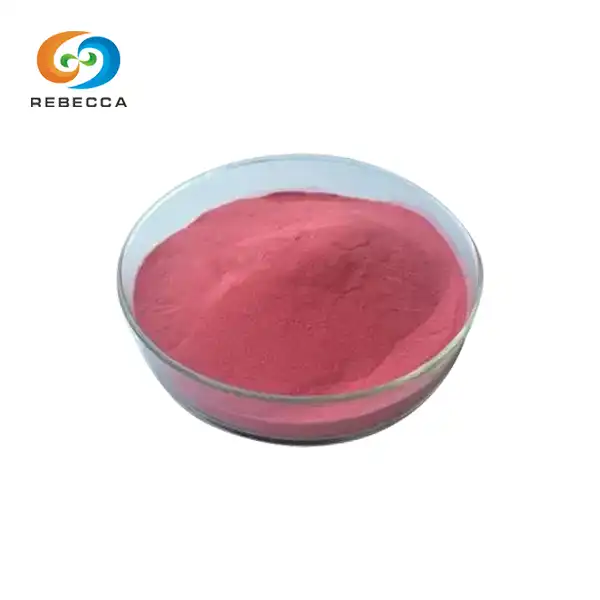
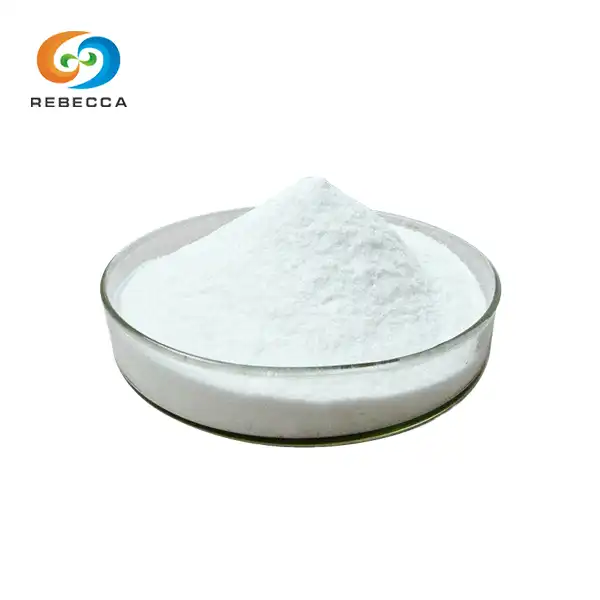
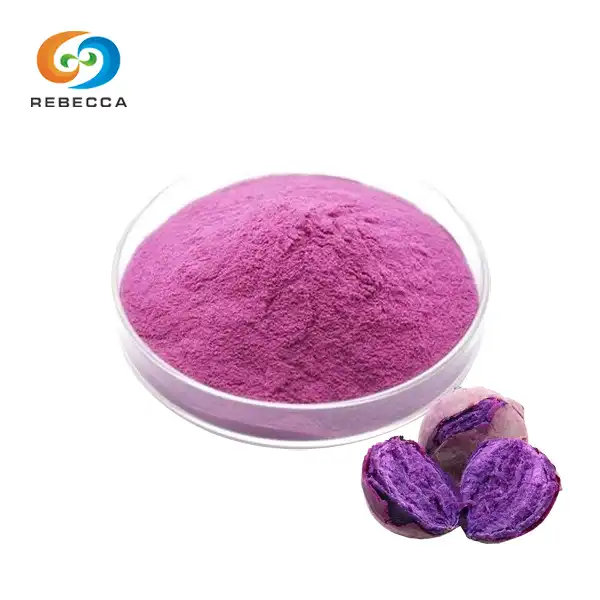
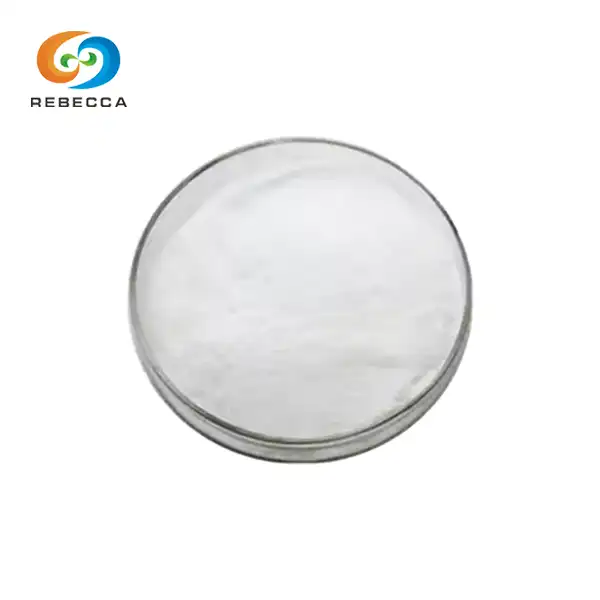
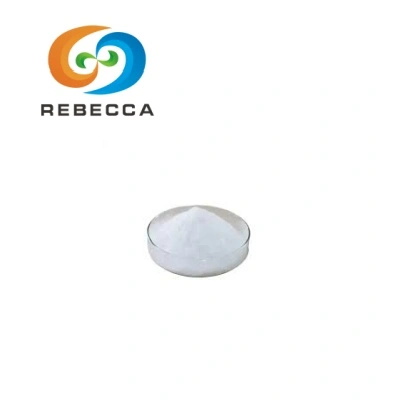
_1747205699273.webp)
